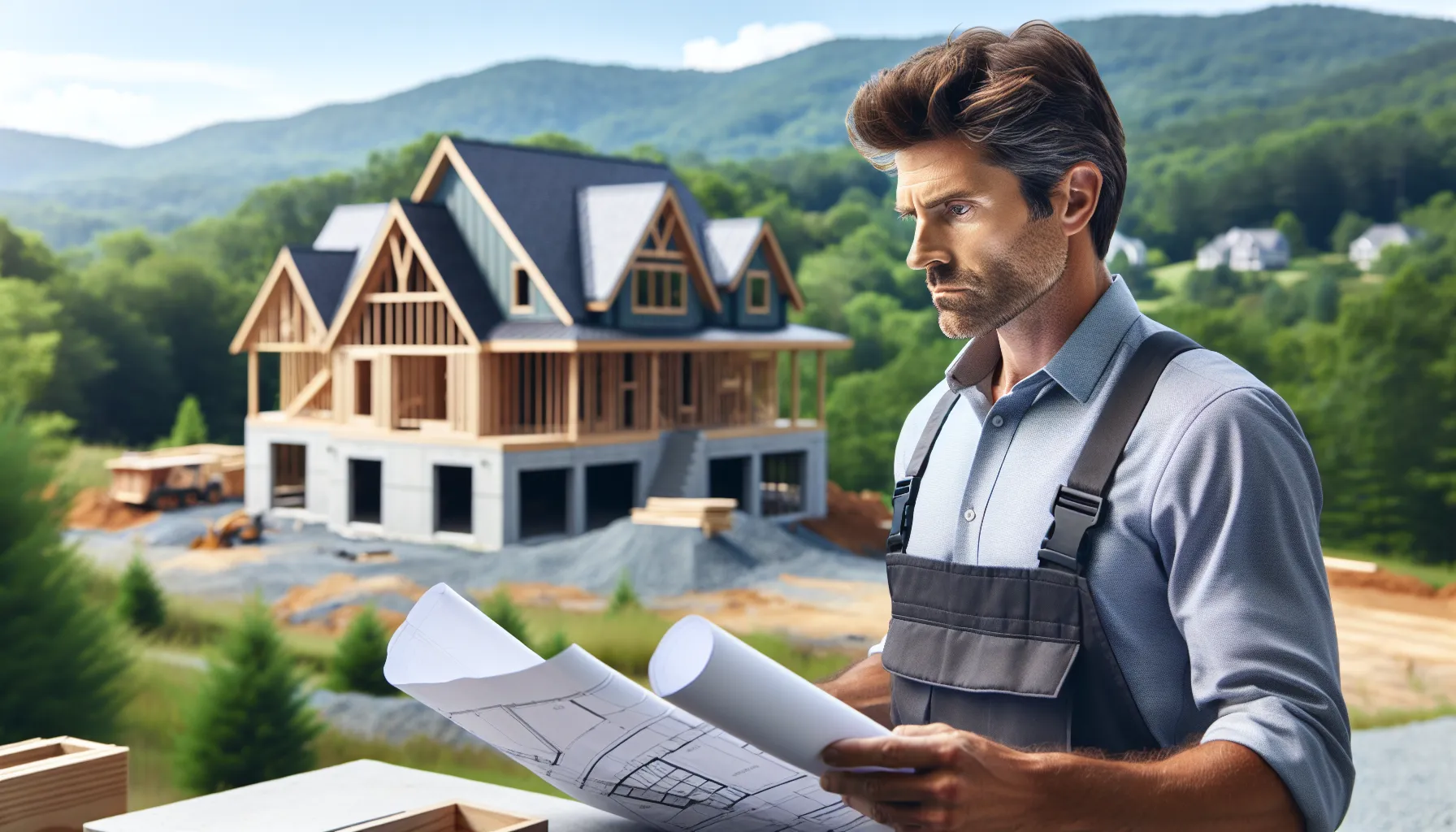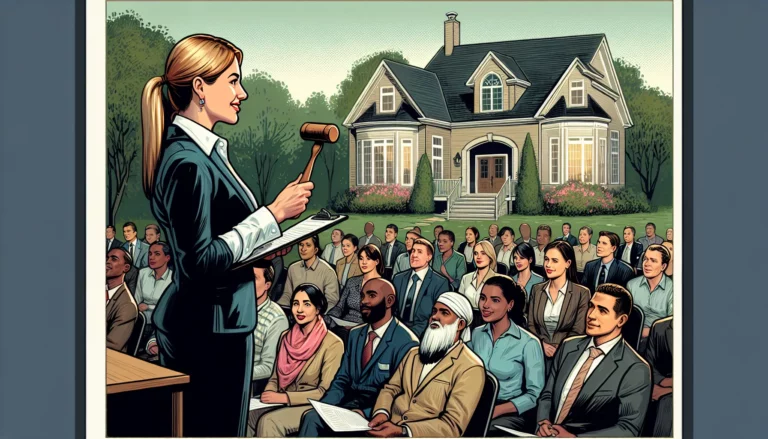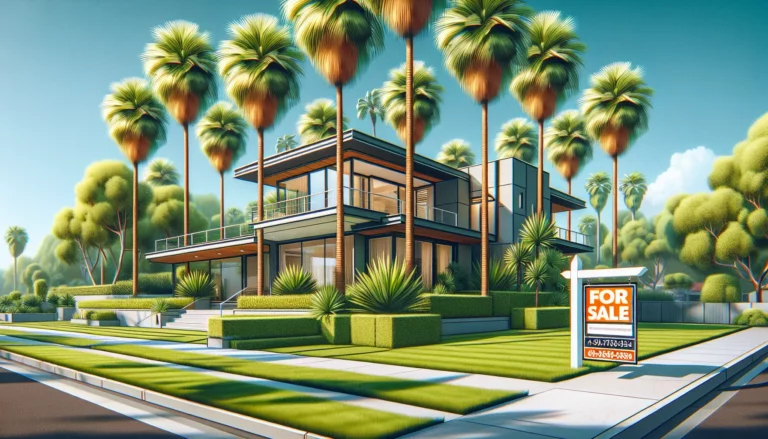Key Takeaways
- The average cost to build a house in North Carolina in 2025 ranges from $175 to $245 per square foot, with custom and premium builds exceeding $300 per square foot.
- Location, home design, materials, and labor availability are major factors impacting total construction costs, especially in metro, coastal, and mountainous regions.
- Additional expenses, including land, permitting, utilities, and infrastructure, can add $50,000 to $120,000 or more to the project budget.
- North Carolina’s building costs are generally on par with or slightly below the national average, but localized spikes in materials and labor can affect final pricing.
- Careful planning—such as simplifying home design, comparing builder bids, and choosing lots with ready utilities—can help reduce overall build expenses and avoid costly surprises.
Thinking about building a house in North Carolina in 2025? We know it’s a big step and figuring out the average cost can feel overwhelming. With the real estate market always shifting and construction prices on the rise it’s more important than ever to plan ahead and know what to expect.
Whether we’re dreaming of a cozy mountain retreat or a modern home near the coast understanding the numbers is key. Let’s break down what’s driving costs and what we should consider before starting our build. This way we can make confident choices and turn our dream home into a reality.
Overview of Home Building Costs in North Carolina (2025)
Understanding the average cost to build a house in North Carolina in 2025 means accounting for diverse factors that directly impact final budgets. Builder estimates across the state currently range from $175 to $245 per square foot, with higher-end custom homes, such as waterfront coastal properties or mountain retreats, reaching $300 per square foot or more (source: National Association of Home Builders, North Carolina Home Builders Association). These base prices usually exclude land, permit fees, utility hookups, and landscaping, costs which can add $50,000 to $120,000 depending on region and lot conditions.
Labor shortages and supply chain constraints continue to shape construction timelines and expenses across North Carolina. For example, disruptions in lumber and concrete delivery still drive material surcharges, while persistent demand for skilled trades increases labor premiums in high-growth areas like Raleigh, Charlotte, and Wilmington. We regularly see timeline extensions—from an average 7 months in 2022 to 9–11 months in 2025—even for mid-range projects built on cleared, suburban parcels.
Regulatory requirements in North Carolina, such as stormwater management in coastal counties or enhanced wind-resistant standards in the mountains, further influence overall project expenses. These factors raise baseline costs, particularly for those building in regions subject to local zoning overlays or floodplain rules. Prospective buyers often weigh the trade-off between upfront build expenses and long-term value, asking: Does this location or finish level justify the investment when considering future property value, marketability, and livability?
While averages provide a starting point, every custom home project carries unique variables. Staying informed about local construction trends can help us manage expectations and avoid surprises as we start planning the next steps in the building journey.
Key Factors Affecting the Average Cost to Build a House

Understanding what drives construction expenses helps us set realistic expectations and recognize where expenses can shift quickly. These core factors—location, home design, and materials—create both opportunities and trade-offs for every North Carolina build.
Location and Land Prices
Location plays a decisive role in the total cost to build a house in North Carolina. Land prices vary dramatically between regions: buildable lots in major metros like Raleigh or Charlotte can exceed $110,000, while rural parcels outside city centers may fall below $35,000. Zoning restrictions, topography, soil composition, and access to utilities often affect site preparation costs—sometimes requiring additional grading, drainage, or septic installation. Coastal communities and mountain towns typically see higher land values due to demand and stricter regulatory codes, including flood or wind-resistance requirements. When comparing locations, we often balance initial savings against long-term property value and risk exposure. For some, paying more upfront for a desirable area translates to future market resilience, while for others, affordability means accepting more development constraints.
Size and Design of the Home
The size and design of a home drive cost per square foot and influence build timelines. Single-story homes average closer to $165–$210 per square foot, while multi-story or complex floor plans—for example, those with large porches or custom basements—exceed $250 per square foot. Design features like vaulted ceilings, open-concept layouts, and specialty rooms (such as home offices or gyms) add complexity, increasing both material and labor demands. Choices around energy efficiency, smart home technology, and premium finishes—granite countertops, hardwood flooring—each raise total expenditure and scheduling needs. When clients review plan options, we encourage them to weigh lifestyle needs against ongoing costs, considering both the daily utility of additional space and its impact on resale.
Materials and Labor Costs
Materials and labor represent the most variable—and often unpredictable—segments of any home construction budget. Supply chain issues affecting lumber, concrete, and copper have caused price spikes and shortages since 2021, and localized disruptions—in hurricane-prone or high-growth areas—often prompt markup rates well above national averages. Labor shortages remain acute in parts of North Carolina: qualified electricians, framers, and HVAC technicians may command premium wages or set schedules months out. Our cost estimates reveal wide ranges; basic builds with standard fixtures stay near $185,000 for 1,500 square feet, while luxury homes can surpass $700,000 with high-end cladding, designer appliances, and custom cabinetry. Given ongoing market flux, how do we judge when materials merit a premium for quality or speed—especially when cutting corners can introduce long-term risks for durability and repairs? Deciding where to invest begins with clear priorities about safety, longevity, and total lifecycle value.
Breakdown of Average Costs in 2025
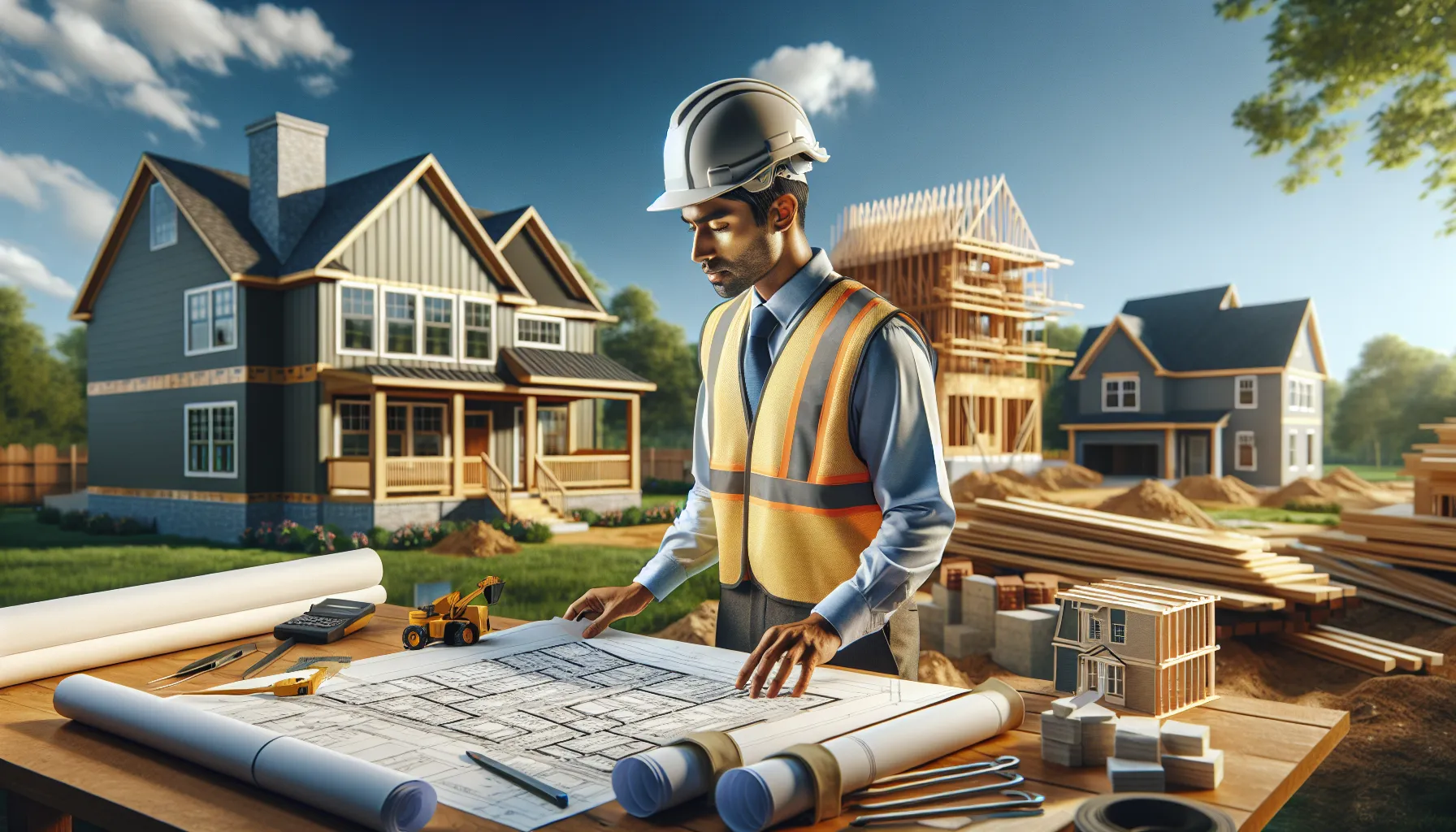
Understanding the average costs to build in North Carolina in 2025 means breaking each phase into real numbers and real hurdles. Each component—fees, finishes, and infrastructure—comes with its own challenges shaped by local regulations, market volatility, and the fast-evolving demands of buyers and builders alike.
Construction and Permitting Fees
Construction and permitting fees represent some of the first, and most unavoidable, expenses during the build process. In North Carolina, municipal and county authorities typically charge for building permits, plan reviews, inspections, and impact fees. According to local planning departments, combined permitting and developer fees in growing cities like Raleigh or Charlotte now range from $8,000 to $25,000 per home depending on size, site complexity, and regulatory demands. For example, stormwater management requirements or energy-efficiency standards can add thousands in compliance fees or documentation costs. Builders and owners also encounter steep project delays if documentation isn’t precisely submitted—leading to escalated holding costs. When evaluating fees, smart buyers ask: Is our parcel subject to special zoning, floodplain, or watershed restrictions that could alter our budget mid-stream?
Thoughtfully anticipating these front-loaded costs avoids surprises and gives us more certainty over contracts and timelines.
Interior and Exterior Finishes
Interior and exterior finishes have become the most personal—and rapidly inflating—segment of new home budgets. Prices swing widely based on taste, quality, and supply. For instance, in 2025, mid-range interior finish packages average $55,000 to $75,000 for a 2,000-square-foot home, with hardwood flooring, quartz countertops, and custom tile among the leading price drivers. Exterior choices—like brick siding, stonework, or high-rated windows—typically add $25 to $55 per square foot. If high durability or curb appeal is a priority, upgraded materials quickly stack up costs, particularly as supply shortages and labor premiums continue. Some buyers may trim budgets by opting for builder-grade basics, yet those savings can affect resale appeal or maintenance down the line.
Where do we draw the line between present-day affordability and the long-term value we might expect from durable, desirable upgrades?
Utilities and Infrastructure
Utilities and infrastructure installations are non-negotiable, but their costs in North Carolina vary sharply by location, access, and terrain. In new subdivisions with city hookups, utility tap fees (water, sewer, electricity, and gas) typically cost $12,000 to $18,000 per lot, per North Carolina Department of Environmental Quality records. For rural or mountain sites, private systems—like wells, septic, or propane—can push infrastructure costs from $18,000 to $40,000, especially where extension work or rocky grading is involved. Developers also face added expenses for driveways, stormwater drainage, and required road access, with those costs often exceeding $20,000 for larger parcels or challenging landscapes. Misjudging these infrastructure factors due to site nuances is a common risk.
How would overlooking even one of these hidden requirements change the true affordability or timeline of our build? Each line item in the utility and infrastructure budget represents a practical threshold—necessary, but only truly understood once the groundwork is in motion.
Comparing Costs: North Carolina vs. National Average
When weighing the cost to build a house in North Carolina against the national average, we notice distinct trends and price benchmarks that shape our decisions. North Carolina’s average construction cost in 2025 ranges from $175 to $245 per square foot for standard builder-grade homes, while the national median sits at approximately $204 per square foot, according to U.S. Census data and industry reporting. Custom builds in North Carolina, especially in metropolitan or coastal regions, regularly exceed $300 per square foot—a mark that’s roughly equivalent to luxury construction in other fast-growing states. These differences highlight the impact of local demand, regional labor markets, and available land on overall affordability.
Several factors make this comparison relevant in practice, particularly for buyers and builders with flexibility in choosing their location. For example, regulatory fees and permitting costs in North Carolina, like Raleigh’s $8,000 to $25,000 range, often mirror or undercut fees in states like California or New York where stricter codes add time and expense. Land acquisition plays a defining role; urban lots in Charlotte and Raleigh can push total project budgets well above the national mean, while rural or inland areas provide savings that outperform the national baseline. If considering overall cost efficiency, many buyers weigh these regional price disparities against their personal priorities around lifestyle, commute, and long-term property value.
While North Carolina’s material and labor costs generally shadow national trends as supply chain and labor challenges persist, localized spikes do occur. For instance, surges in concrete and framing lumber costs in early 2024 were sharper in the Carolinas than the Midwest, raising short-term volatility for those starting builds during that window. That leaves many of us asking: Is a lower sticker price worth potential construction delays or quality trade-offs—and which long-term factors matter most for our own financial picture and peace of mind? Smart buyers go beyond averages, accounting for the unique variables that shape outcomes in today’s unpredictable real estate climate.
Tips for Reducing Home Building Expenses
Controlling construction costs requires a transparent approach and informed decision-making throughout every stage of the building process. Our experience shows that early planning makes the most significant difference in total spend, as project changes late in construction usually incur steep expenses. By identifying non-essential features and focusing on core needs—such as efficient square footage and durable, cost-effective materials—we can avoid inflated budgets. For example, simplifying a floor plan or opting for standard ceiling heights can lower both design complexity and material outlays without sacrificing functionality.
Selecting the right builder and negotiating clear contracts help us prevent unexpected labor and markup costs. We see substantial savings when owners invite bids from multiple qualified North Carolina builders and request detailed line-item estimates. Transparent conversations about contingency funds and change order fees reduce the risk of budget overruns. When possible, locking in prices for key materials with suppliers can insulate us from short-term market fluctuations, which have driven cost spikes in lumber, concrete, and steel over recent years.
Prioritizing site selection and lot readiness in North Carolina’s diverse terrain also curbs unforeseen expenses. Lots with easy utility access and minimal grading needs reduce initial infrastructure spending. We recommend reviewing a lot’s permit history and environmental restrictions—such as flood zones and stormwater management requirements—before committing, as these often elevate costs mid-project. Would the peace of mind from predictability outweigh the allure of a more scenic, yet complex, lot?
Smart choices in design finishes offer both immediate and long-term savings. Selecting mid-range, energy-efficient fixtures and finishes provides value without the higher upfront costs of luxury or trend-driven options. Features like LED lighting, resilient flooring, and durable exterior cladding lower ongoing maintenance, which is especially relevant given North Carolina’s fluctuating climate. Where can we compromise on aesthetics without impacting performance or marketability?
Leveraging builder incentives, seasonal discounts, or locally sourced materials also cuts total expenditure. Builders in slower market periods—such as late fall or early winter—sometimes offer upgrades or price reductions to maintain project volume. Local sourcing limits freight charges and helps us avoid disruptions from long-distance supply chains, a growing concern since 2020. To what extent does timing our purchase or choosing domestic products align with our budget expectations and values? Thinking critically about these levers clarifies our best path forward toward building affordably in North Carolina.
Conclusion
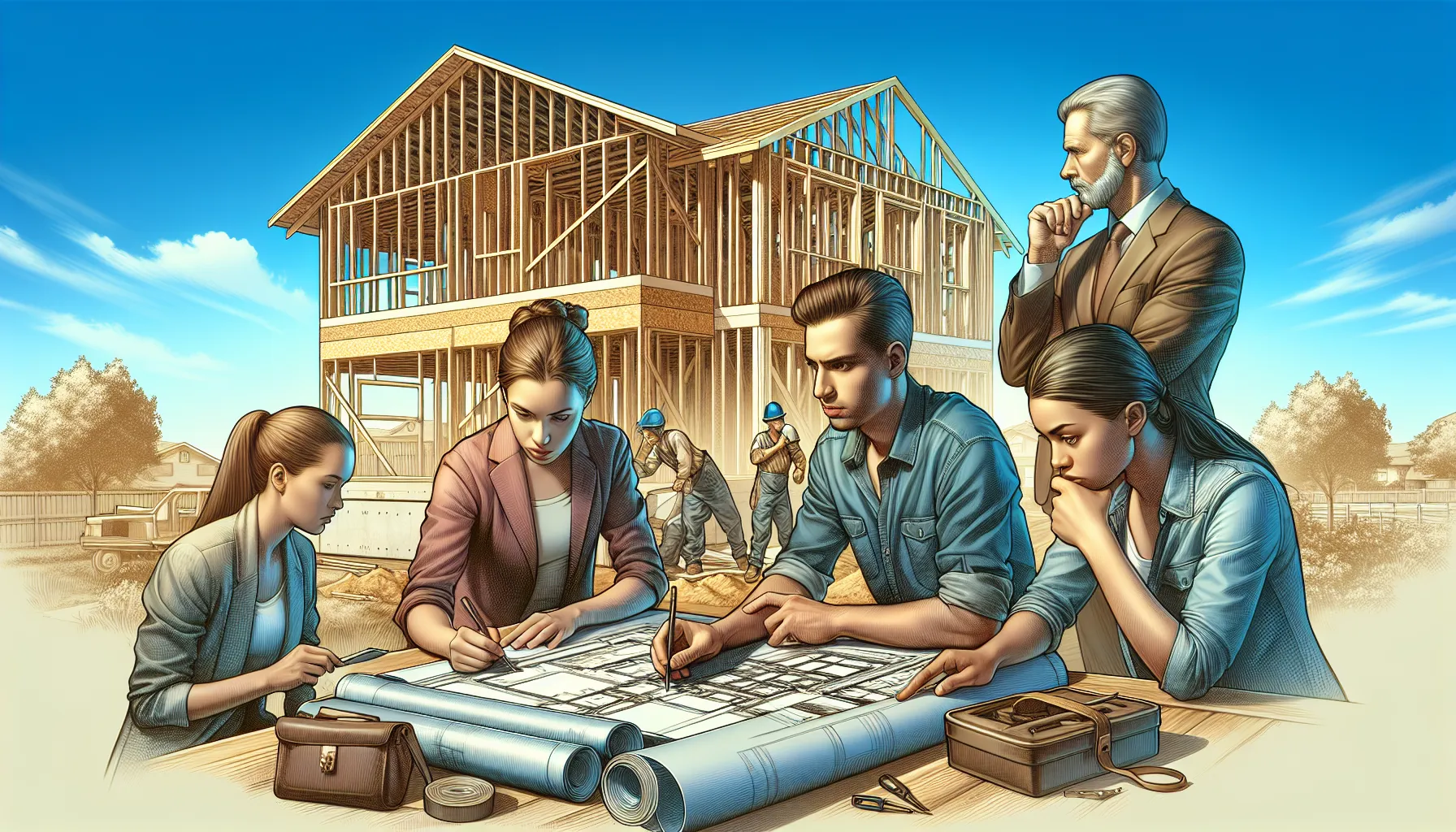
Building a home in North Carolina in 2025 brings both opportunities and challenges. With shifting market dynamics and evolving regulations, it’s more important than ever to approach the process with a clear understanding of costs and priorities.
By staying proactive and flexible, we can make choices that align with our goals and budget. Careful planning and smart decision-making help us manage expenses and create a home that delivers lasting value—even in a fast-changing landscape.
Frequently Asked Questions
What is the average cost to build a house in North Carolina in 2025?
The average cost to build a house in North Carolina in 2025 ranges from $175 to $245 per square foot. Custom homes and premium locations may push costs above $300 per square foot. These figures exclude additional expenses like land, permits, and utility connections.
Does the price per square foot include land and permits?
No, the price per square foot generally covers construction only. Land, permit fees, utility hookups, and landscaping are additional costs, often adding $50,000 to $120,000 to the total project budget.
How long does it take to build a house in North Carolina in 2025?
Due to labor shortages and supply chain issues, average timelines have increased. Building a house in North Carolina in 2025 typically takes 9 to 11 months, which is longer than previous years.
Which factors have the biggest impact on home building costs?
Location, home design, materials, labor availability, and regulatory requirements have the most significant impact on building costs. Urban lots, complex designs, and premium finishes will increase your budget.
Are costs higher in certain parts of North Carolina?
Yes, costs are higher in metropolitan areas like Raleigh and Charlotte, and in desirable coastal regions. Land and labor are also more expensive in these areas compared to rural locations.
How do North Carolina construction costs compare to the national average?
North Carolina’s average construction cost is $175 to $245 per square foot, while the national median is about $204 per square foot. Regulatory fees are typically lower than in states like California or New York.
What are the average permitting and infrastructure fees?
Permitting fees in cities like Raleigh and Charlotte range from $8,000 to $25,000. Utility hookups cost $12,000 to $18,000 per lot in urban areas and up to $40,000 for rural sites.
Can I reduce building costs without sacrificing quality?
Yes. Plan ahead, stick to essential needs, choose simpler designs, and opt for mid-range, energy-efficient finishes. Selecting local materials and negotiating clear builder contracts also help manage expenses.
Why are custom home costs sometimes much higher?
Custom homes often involve complex designs, premium materials, and unique locations, all of which increase labor and material expenses compared to standard residential builds.
What’s the best way to avoid unexpected costs during construction?
Prepare a detailed budget, account for contingencies, lock in material prices early, choose an experienced builder, and ensure contracts outline all costs and responsibilities. This helps minimize surprises and keeps your project on track.
